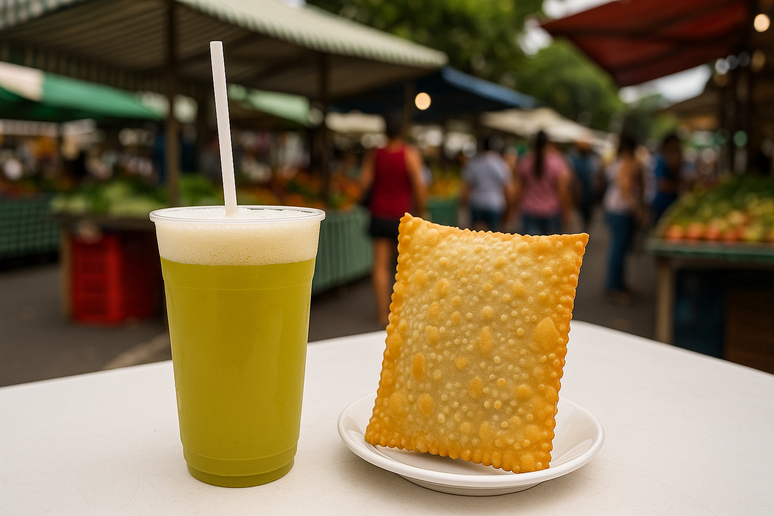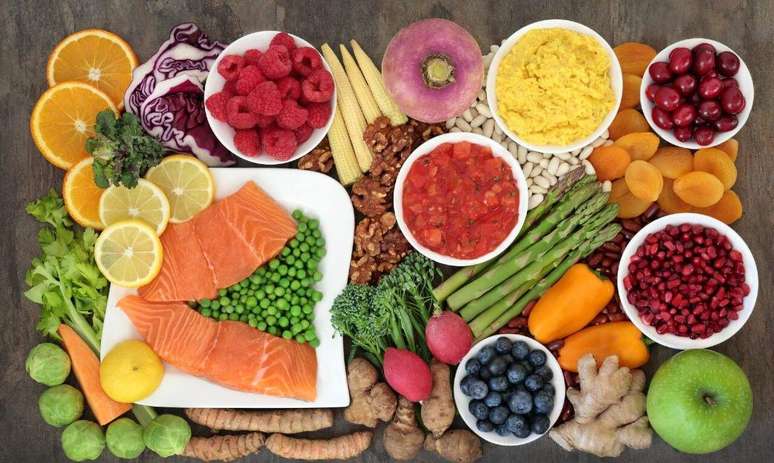The sugar cane broth, with its sweet and refreshing flavor, is a popular drink and sold especially in free markets. But is this delicacy an ally or an enemy of our health? The USP clinical nutritionist Amanda Figydoro explains that the drink is not that bad and can offer benefits to some people.
“In a glass of 250 ml of sugar cane juice that we find, on average, 170-180 calories and most of these calories come from sugar cane sugar.” This high concentration of sugar makes the drink “a highly energetic and rapid absorption”, which can be useful in specific situations, such as “after intense physical activities or in the states of hypoglycaemia”.
The nutritionist warns of the dangers of excessive consumption: “frequent or in large quantities, especially in a unbalanced and low physical diet, can contribute to the weight gain and the deregulation of blood sugar and does not offer satiety for a long time”.
The sugar cane broth should not be seen as an isolated bad, but as a food that “like any food rich in sugar, it should be consumed in moderation and in a healthy food context”.
Can you take sugar cane juice every week?
The ideal frequency of the consumption of sugar cane broth is an important point. Amanda Figueiredo says that “in reality it is the diet as a whole which will determine the ideal quantity and frequency for the consumption of sugar cane juice”.
“It is possible to include sugar cane stock in food with a certain frequency, but it is ideal to be done in moderation and attention to quantity”.
The problem lies in excess, as “excessive consumption can have negative impacts, such as uncontrolled glycemic and/or weight gain”.
“If consumed punctually, within a balanced food routine and regular physical activity, the sugar cane juice can be appreciated without important concerns,” says the expert.
Who shouldn’t take sugar cane juice?
For some groups of people, the consumption of sugar cane stocks requires even more caution or even should be avoided. Amanda Figueiredo states that “sugar cane juice is not recommended for people with diabetes or pre-diabetes, obesity, overweight, kidney disease or liver steatosis (accumulation of liver fat).” The reason for this restriction is clear: “It is a drink naturally rich in simple sugars and rapid absorption, which can worsen metabolic paintings and hinder glycemic control and body weight”.
In addition, the nutritionist makes an important warning for the youngest: “It is also not suitable for infants and children under the age of 2, since at this stage the recommendation is to completely avoid the consumption of free sugars (natural included), to protect the healthy development of taste, prevent childhood obesity and reduce the risk of chronic diseases in the future.”
How many calories?
It is common to associate sugar cane juice with other typical light outlines, such as pastel. The expert compares the calorie value of these options: “In a 250 ml glass of sugar cane broth we find 170-180 calories on average”. Already in relation to the pastel, he explains that “it will vary depending on the filling. A fried pastel of meat, for example, can reach more than 490 calories. A fried cheese pastry shop, about 420 calories”.
Source: Terra
Ben Stock is a lifestyle journalist and author at Gossipify. He writes about topics such as health, wellness, travel, food and home decor. He provides practical advice and inspiration to improve well-being, keeps readers up to date with latest lifestyle news and trends, known for his engaging writing style, in-depth analysis and unique perspectives.









